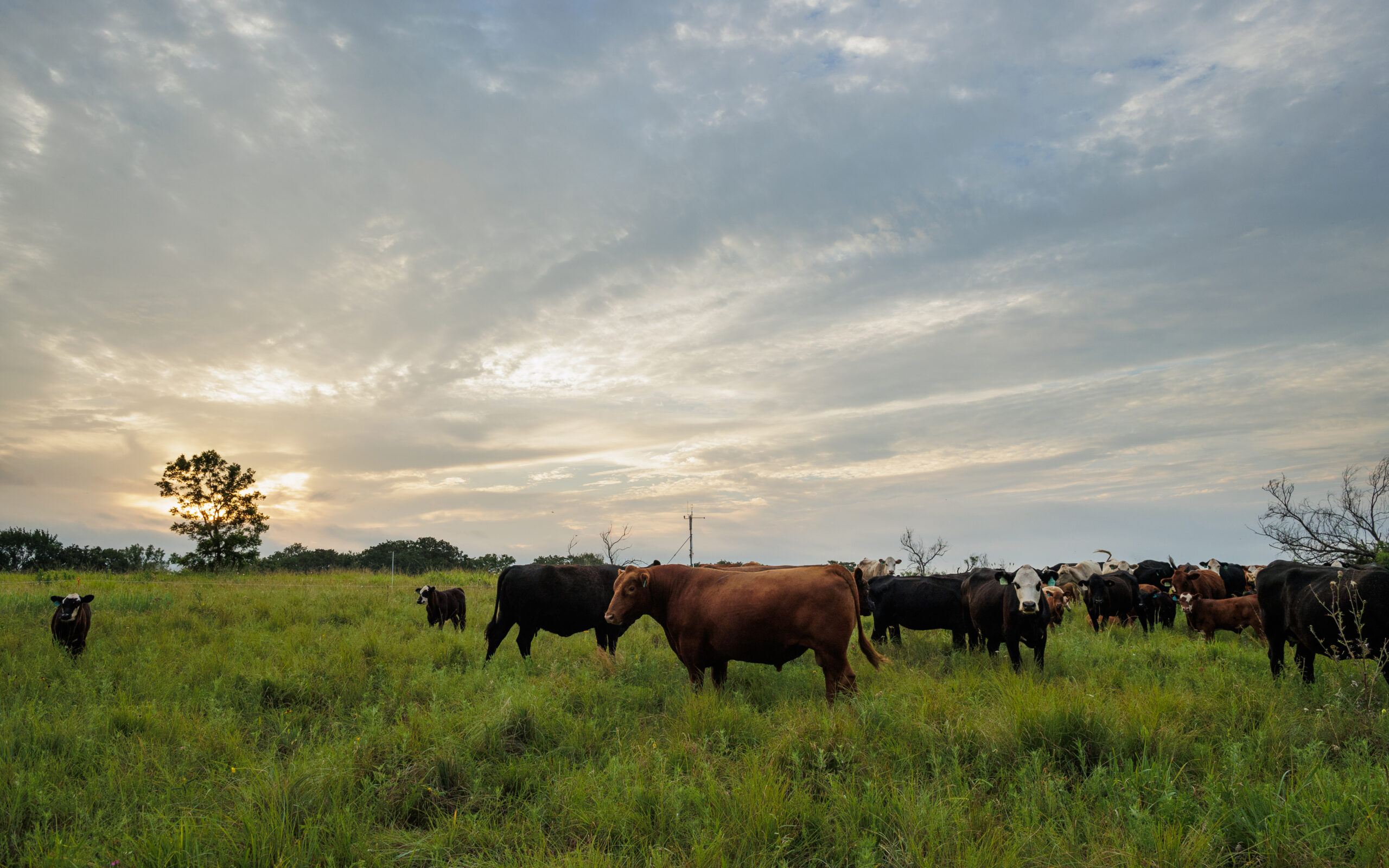Bassattackr
Well-Known Member
After brassicas good options are... 1) Frost seed white or red clovers or 2) Spring planting of oats & berseem and/or crimson clovers. From there you can plant brassicas again in the fall, rotate to Dbltree cereal blend in the fall or just periodically mow your new perennial clover stand if you frost seeded white/reds.
After cereal/Dbltree blend, I prefer to let the rye, wheat etc stand into the spring along with the red clover. This provides good late winter / early season food and exceptional fawning habitat as the cereals mature thru spring, early summer. From there you can turn under or spray kill and rotate to brassicas for the fall, just plant a cereal blend again or even go to a shorter season summer crop like buckwheat, millet, sunflowers, etc.. I may end up no tilling soybeans into my standing rye this year..
Many options!
*Edit - See also Post #506

 iowawhitetail.com
iowawhitetail.com
After cereal/Dbltree blend, I prefer to let the rye, wheat etc stand into the spring along with the red clover. This provides good late winter / early season food and exceptional fawning habitat as the cereals mature thru spring, early summer. From there you can turn under or spray kill and rotate to brassicas for the fall, just plant a cereal blend again or even go to a shorter season summer crop like buckwheat, millet, sunflowers, etc.. I may end up no tilling soybeans into my standing rye this year..
Many options!
*Edit - See also Post #506

Brassicas
what about kale? good for late winter? and can it be mixed with turnip and other brassics ?
 iowawhitetail.com
iowawhitetail.com
Last edited:



